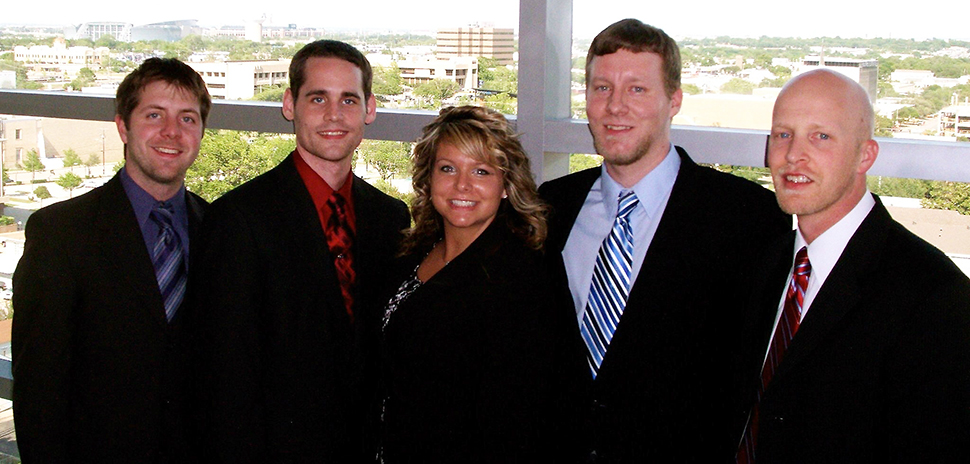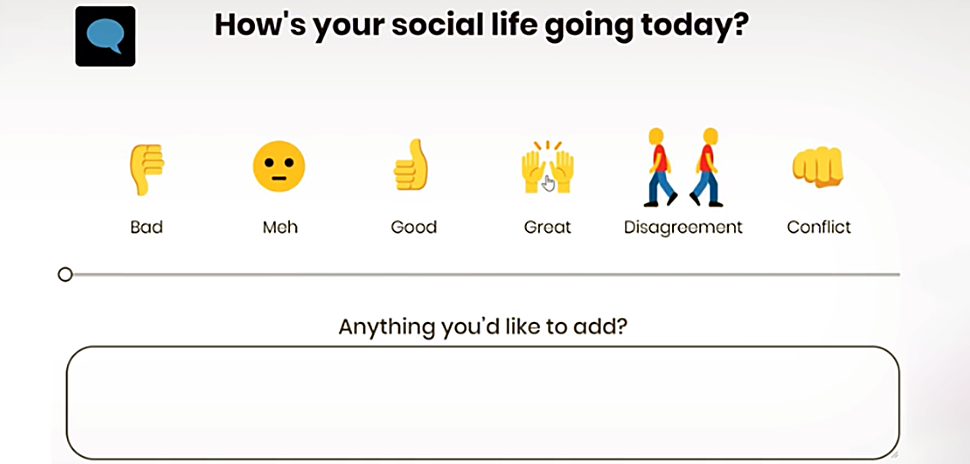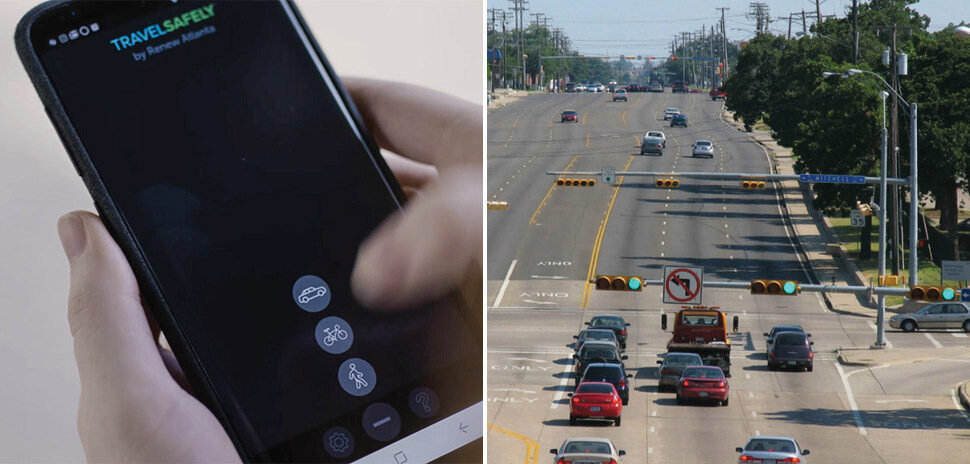A team of University of Texas at Arlington students has received a patent on a smart bandage five years after it won a prestigious award for designing and building the device.
According to a university release, the team, led in 2010 by Letia Blanco, was granted the patent in December for its invention titled Controlled Release Nanoparticulate Matter Delivery System.
Blanco graduated with a degree in mechanical and aerospace engineering from UTA, and now is a lead engineer at Raytheon. She said her employer helped the team receive the patent.
“Raytheon teamed up with UTA to secure the patent,” Blanco said. “It’s very exciting.”
Also on the team with Blanco were Christopher Alberts, Kyle Godfrey, Andrew Patin, and Chris Grace, all mechanical and aerospace engineering graduates.
“Our goal was to protect the wound and increase infection control.”
LETIA BLANCO
Panos Shiakolas, UTA associate professor in the Mechanical and Aerospace Engineering Department, and Pranesh Aswath, UTA professor in the Materials Science and Engineering Department and vice provost for academic planning and policy, were the faculty advisers who supervised the team.
“Our goal was to protect the wound and increase infection control,” Blanco said of the invention.
The team presented its findings via a refereed conference paper in 2012 at the American Society of Mechanical Engineers Winter Annual Meeting, and at the Biomedical Engineering Conference in 2011, UTA said in the release.
The invention won the only award given out in 2011 in the prestigious American Society for Materials International Undergraduate Design Competition.
The bandage directly addressed issue related to treating burn patients, where dressings had to be removed to apply medication.
THE BANDAGE REDUCES THE NEED TO REDRESS A WOUND
That is particularly true for soldiers in the field of action.
“Many times, soldiers’ dressings would have to be applied over and over again because health care providers would have to apply medicine,” Blanco said. “Every time they had to do that, they had to undress and redress the wound. That process of changing the dressings was more dangerous than the technology we designed and developed.”
The device earned Patent No. 9,522,241, which was issued on Dec. 20, 2016.
UTA and Raytheon are working on commercializing the smart bandage.
Delivering what’s new and next in Dallas-Fort Worth innovation, every day. Get the Dallas Innovates e-newsletter.

































